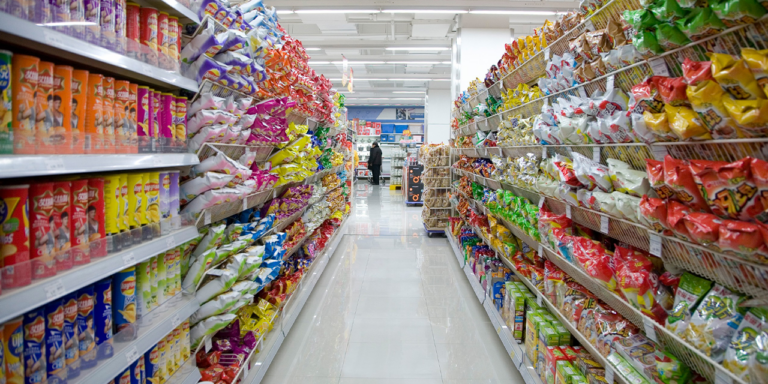We recently explored the challenges that retail pharmacies face when ensuring availability. However, it’s challenging to have a conversation about retailers without addressing the distributors who supply them. Like retailers, pharmaceutical distributors contend with regulation differences from region to region and rapid shifts in the market. As the gatekeepers of a wide array of products both prescription and over-the-counter, they must constantly perform a complex balancing act between suppliers and retailers.
Availability and Speed of Delivery are Critical for Pharmaceuticals
Though demand for prescription drugs tends to stay relatively flat for both rare and common illnesses, requirements for availability and delivery are high and non-negotiable. In many countries, legislation is a primary driver of required availability levels and will automatically trigger orders to secure it. Most regions also have a vast substitution market to cover shortages. However, due to constant pricing shifts and healthcare and insurance providers’ preferred drugs, managing substitutions comes with its own complexities.
The bottom-line issue is the constant need to retain very high service levels, which leads to high stock levels. Stand-alone pharmacies and drug stores receive daily or intra-daily deliveries on a small scale. But hospitals and government-mandated safety stocks mean that, in an emergency, there is a potential need to respond quickly to sudden demand spikes. In most cases, distributors aren’t worried about availability – that’s not an option – they are more concerned with the costs associated with maintaining required stock levels.
Galexis, a Swiss pharmaceutical wholesaler that manages more than 120,000 order lines and 4,000 deliveries a day, wanted to combat high inventory holding without compromising availability. By automating replenishment processes, they increased inventory turns by 12% and raised automation from 44%-88% while maintaining 98% availability.
Over-the-counter (OTC) drugs, like seasonal allergy and cold medications, are not as highly regulated but have similar cost issues. Demand shifts for seasonal and slow-moving drugs can be unpredictable due to weather changes, environmental drivers such as allergens or outbreaks, or market drivers such as price and promotion. When deciding how much inventory to hold for these products, distributors must consider cost on an aggregate level. Even a minor change in availability targets can significantly influence overall inventory holding.
Beyond the costs associated with high availability requirements, distributors must also manage the logistics of their varied customers. For example, deliveries to owned pharmacies are small and intraday, necessitating high handling capacity at the DC. Distributors need optimized warehouse processes to effectively manage a vast amount of order lines in small volumes and to multiple locations, all in a short time.
Substitutions and Price Shifts Drive Rapid Cannibalization
Managing substitutions is among the most complex issues that pharmaceutical distributors must face. The markets for pharmaceuticals are highly competitive and in constant flux. Add to that the high level of regulation on most drugs and the supplier requirements discussed above, and the difficulties increase exponentially.
Regional practices and regulations drive frequent and sudden market changes. For example, expiring patents that cause an influx of substitute products into the market and negotiations of preferred drugs between health care insurance providers and suppliers are typical drivers of such price-based shifts. Denmark can be particularly complex, where suppliers bid new sales prices for every product every two weeks. This practice includes prescription and over-the-counter medicines, which means that semi-monthly demand shifts are standard. For prescription drugs, pharmacies in many European markets are obliged to suggest the least expensive generic option. Still, distributors have little knowledge of how many generic products to expect, when, or who will supply them. For over-the-counter medicines, it means that, even though some consumers may be brand-loyal, whatever product is least expensive at the time will cannibalize the rest.
In all cases, distributors have little to no insight or involvement in the processes that cause sudden market shifts; they can only react. Even if they have a warning that something is about to happen, they have far from perfect data, and it’s not typical for them to undergo sophisticated planning for such occurrences with suppliers. When managing hundreds of thousands of SKUs, tens of thousands of order lines and thousands of deliveries per day, distributors need the agility and flexibility of an automated replenishment system to react quickly to recurring and frequent market changes. They also need the capability to forecast on multiple criteria beyond the SKU level to manage substitutions, regardless of whether they happen due to governmental regulation, price, or marketing.
Maintaining Balance Amid Rapid Change
It isn’t easy being the center of a hub, managing products from multiple directions in multiple channels, and keeping everything moving seamlessly. But for many pharmaceutical distributors, that is their day-to-day challenge. They must balance suppliers and retailers – their own and third-party – to meet regulations and availability requirements, manage supply for retail and non-retail channels, and respond to a rapidly changing product market with minimal warning.
Automating replenishment processes with modern technology enables distributors to process massive amounts of data with the speed required to keep up with their suppliers and retailer needs. They can reduce time-consuming manual order management, quickly classify products based on sales patterns and attributes such as active ingredients or price, and optimize safety stocks and replenishment rules accordingly. The resulting forecasting and replenishment accuracy increases turnover rates by serving the same demand with lower inventory levels.





